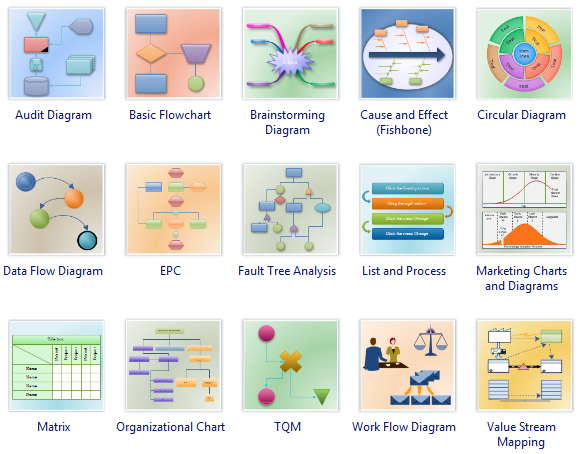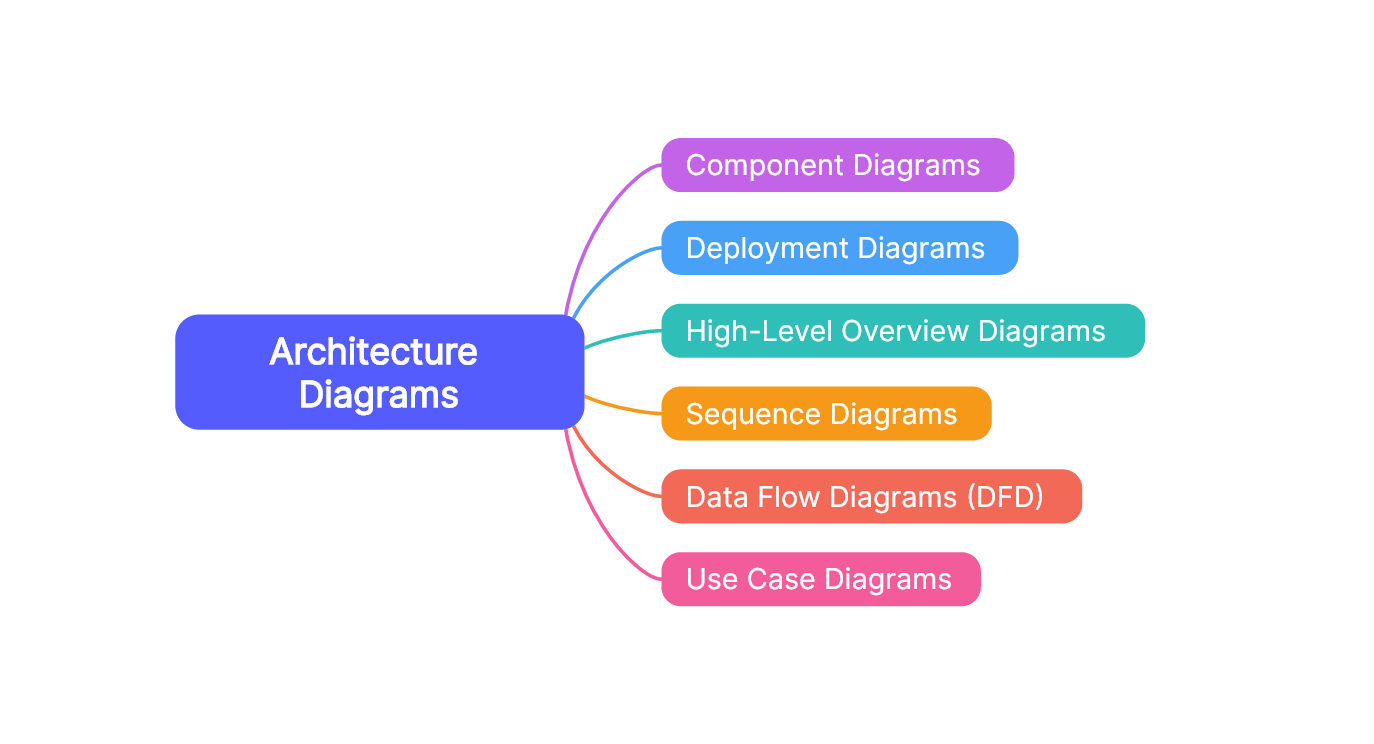- Get link
- X
- Other Apps
- Get link
- X
- Other Apps
Decoding the Beast: A Comprehensive Guide to Heavy Truck Parts - Diagrams and Names Usedtruck.Truckstrend.Com
Heavy trucks, the workhorses of our economy, are complex machines composed of thousands of individual parts working in perfect synchronicity. Understanding these components, their functions, and their proper names is crucial for anyone involved in the trucking industry, from mechanics and drivers to fleet managers and parts suppliers. This article will serve as your comprehensive guide to the world of heavy truck parts, complete with diagrams, names, and essential information to help you navigate this intricate landscape.
Why Knowing Your Truck Parts Matters
Decoding the Beast: A Comprehensive Guide to Heavy Truck Parts - Diagrams and Names
Whether you're troubleshooting a breakdown on the road, ordering replacement components, or simply trying to understand your truck's maintenance manual, a solid grasp of heavy truck parts is invaluable. It allows for:
- Efficient Communication: Clearly communicating the specific part needed to a mechanic or parts supplier saves time and prevents costly misunderstandings.
- Accurate Diagnostics: Identifying a malfunctioning part is the first step towards fixing it. Knowing the components and their typical failure modes helps pinpoint the problem quickly.
- Informed Maintenance: Understanding the role of each part allows for proactive maintenance, preventing unexpected breakdowns and extending the lifespan of your truck.
- Cost Savings: By understanding the parts and potential issues, you can make informed decisions about repairs and replacements, potentially saving money on unnecessary work.
Section 1: The Engine - The Heart of the Operation

The engine is arguably the most critical component of a heavy truck. It generates the power that propels the vehicle.
(Diagram: Simplified Engine Diagram)
[Imagine a diagram here showing the major engine components, with lines pointing to each part and labeled clearly. The diagram should include:]
- Cylinder Head: Sits atop the engine block, housing valves, injectors, and combustion chambers.
- Engine Block: The main structure of the engine, containing cylinders, pistons, and coolant passages.
- Pistons: Move up and down within the cylinders, converting combustion pressure into mechanical energy.
- Connecting Rods: Connect the pistons to the crankshaft.
- Crankshaft: Converts the linear motion of the pistons into rotary motion, which is transmitted to the transmission.
- Intake Manifold: Distributes air to the cylinders.
- Exhaust Manifold: Collects exhaust gases from the cylinders.
- Turbocharger (if applicable): Forces more air into the engine, increasing power output.
- Fuel Injectors: Spray fuel into the cylinders.
- Oil Pan: Holds the engine oil.
- Water Pump: Circulates coolant through the engine to regulate temperature.


Key Considerations:
- Engine Types: Heavy trucks typically use diesel engines, known for their power, efficiency, and durability.
- Common Issues: Overheating, oil leaks, low power, and unusual noises are common engine problems.
- Maintenance: Regular oil changes, filter replacements, and coolant flushes are crucial for engine longevity.
Section 2: The Drivetrain - Putting Power to the Road
The drivetrain is the system that transfers power from the engine to the wheels.
(Diagram: Simplified Drivetrain Diagram)
[Imagine a diagram here showing the major drivetrain components, with lines pointing to each part and labeled clearly. The diagram should include:]
- Clutch (for manual transmissions): Connects and disconnects the engine from the transmission.
- Transmission: A gearbox that provides different gear ratios to optimize engine speed and torque for varying driving conditions.
- Driveshaft: A rotating shaft that transmits power from the transmission to the axles.
- Differential: Allows the wheels on an axle to rotate at different speeds, which is necessary when turning.
- Axles: The shafts that connect the wheels to the differential.
- U-Joints (Universal Joints): Allow the driveshaft to flex as the suspension moves.
Key Considerations:
- Transmission Types: Manual, automatic, and automated manual transmissions (AMTs) are common.
- Differential Lock: Improves traction in slippery conditions by forcing both wheels on an axle to rotate at the same speed.
- Maintenance: Regular lubrication of the drivetrain components is essential.
Section 3: Brakes - Safety First
The braking system is paramount for safety.
(Diagram: Simplified Brake System Diagram)
[Imagine a diagram here showing the major brake system components, with lines pointing to each part and labeled clearly. The diagram should include:]
- Air Compressor: Provides compressed air for the braking system.
- Air Tanks: Store compressed air.
- Brake Valves: Control the flow of air to the brakes.
- Brake Chambers: Convert air pressure into mechanical force to apply the brakes.
- Brake Shoes (Drum Brakes): Press against the brake drum to slow the wheel.
- Brake Pads (Disc Brakes): Press against the brake rotor to slow the wheel.
- Brake Rotors (Disc Brakes): Rotate with the wheel and are clamped by the brake pads.
- Brake Drums (Drum Brakes): Rotate with the wheel and are pressed against by the brake shoes.
- Antilock Braking System (ABS): Prevents wheel lockup during hard braking.
Key Considerations:
- Brake Types: Air brakes are standard on heavy trucks. Disc brakes are becoming increasingly common.
- Brake Fade: Loss of braking power due to overheating.
- Maintenance: Regularly inspect brake pads/shoes, rotors/drums, and air lines.
Section 4: Suspension and Steering - Handling and Control
The suspension and steering systems work together to provide a smooth ride and precise control.
(Diagram: Simplified Suspension and Steering Diagram)
[Imagine a diagram here showing the major suspension and steering components, with lines pointing to each part and labeled clearly. The diagram should include:]
- Leaf Springs: A common type of suspension, consisting of layers of steel.
- Air Springs: Use compressed air to cushion the ride.
- Shock Absorbers: Dampen the movement of the suspension.
- Steering Gearbox: Amplifies the driver's steering input.
- Tie Rods: Connect the steering gearbox to the steering knuckles.
- Steering Knuckles: Allow the wheels to pivot for steering.
- Power Steering Pump: Provides hydraulic pressure to assist steering.
Key Considerations:
- Suspension Types: Leaf spring, air ride, and independent suspensions are used in heavy trucks.
- Wheel Alignment: Ensures proper tire wear and handling.
- Maintenance: Inspect suspension components for wear and tear, and lubricate steering components regularly.
Section 5: Cab and Body - Comfort and Functionality
The cab and body provide a comfortable and functional workspace for the driver and protect the cargo.
(Diagram: Simplified Cab and Body Diagram)
[Imagine a diagram here showing the major cab and body components, with lines pointing to each part and labeled clearly. The diagram should include:]
- Cab: The compartment where the driver sits.
- Hood: Covers the engine.
- Bumper: Provides protection in the event of a collision.
- Fuel Tanks: Store fuel for the engine.
- Fifth Wheel (for tractor-trailers): Connects the tractor to the trailer.
- Cargo Box/Trailer: Where the cargo is transported.
- Headlights/Taillights: Provide visibility.
- Mirrors: Provide visibility around the vehicle.
Key Considerations:
- Cab Types: Day cabs, sleeper cabs, and extended cabs are available.
- Aerodynamics: Optimizing the shape of the cab and body can improve fuel efficiency.
- Maintenance: Regular cleaning and maintenance of the cab and body can prolong their lifespan.
Table: Price Estimates for Common Heavy Truck Parts (USD)
| Part | Estimated Price Range | Notes |
|---|---|---|
| Engine (Rebuilt) | $10,000 - $30,000 | Varies greatly by engine type and condition. |
| Transmission (Rebuilt) | $3,000 - $8,000 | Depends on transmission type (manual, automatic, AMT) |
| Air Compressor | $500 - $1,500 | Price depends on capacity and brand. |
| Brake Pads/Shoes (per axle) | $200 - $500 | Price depends on the specific brake system and quality of the parts. |
| Brake Rotor/Drum (each) | $100 - $300 | Varies depending on size and material. |
| Turbocharger (New) | $1,000 - $3,000 | Depends on engine size and brand. |
| Fuel Injector (each) | $200 - $500 | Prices can vary significantly. |
| Leaf Spring (each) | $300 - $700 | Depends on spring capacity and truck model. |
| Shock Absorber (each) | $50 - $200 | Price varies based on brand and performance characteristics. |
| Tire (each) | $300 - $800 | Depends on tire size, type, and brand. |
Disclaimer: These are estimated prices and can vary significantly based on the supplier, location, specific part model, and whether the part is new, used, or rebuilt. Labor costs for installation are not included.
Frequently Asked Questions (FAQ)
- Q: Where can I find reliable diagrams of heavy truck parts?
- A: Truck manufacturers' websites, parts supplier catalogs (online and print), and repair manuals are excellent resources. Online parts databases often have exploded views of components.
- Q: What's the difference between OEM and aftermarket parts?
- A: OEM (Original Equipment Manufacturer) parts are made by the same company that made the original parts for your truck. Aftermarket parts are made by other companies and may be cheaper but can vary in quality.
- Q: How often should I inspect my truck's parts?
- A: Regular pre-trip inspections are essential. Follow the manufacturer's recommended maintenance schedule for more in-depth inspections.
- Q: What are some common signs that a part is failing?
- A: Unusual noises, vibrations, leaks, reduced performance, and warning lights are all potential indicators of a failing part.
- Q: Should I attempt to repair heavy truck parts myself?
- A: Some minor repairs can be done by experienced drivers. However, complex repairs should be left to qualified mechanics. Safety is paramount.
Conclusion:
Understanding the names and functions of heavy truck parts is a vital skill for anyone involved in the trucking industry. This guide provides a foundation for further learning and exploration. Remember to prioritize safety, follow maintenance schedules, and consult with qualified professionals when necessary. By investing in your knowledge of heavy truck parts, you can contribute to safer, more efficient, and more profitable operations. The beast may seem daunting at first, but with a little effort, you can learn to decode its complexities and keep it running smoothly.
- Get link
- X
- Other Apps
Comments
Post a Comment